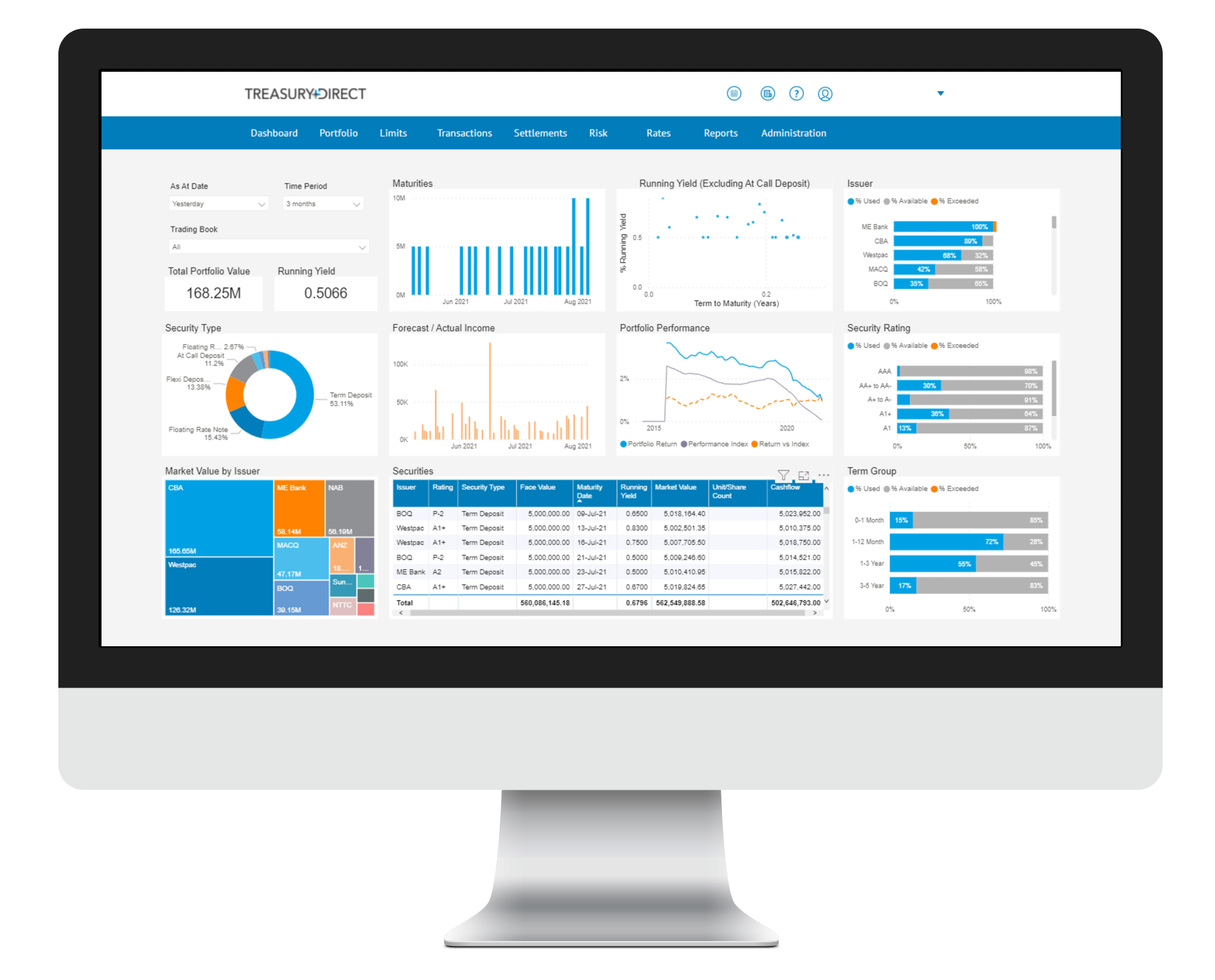Markets Overview
- ASX SPI 200 futures up 0.6% to 8,486.00
- Dow Average up 1.8% to 42,343.65
- Aussie down 0.7% to 0.6443 per US$
- US 10-year yield fell 6.7bps to 4.4436%
- Australia 3-year bond yield fell 3.9 bps to 3.39%
- Australia 10-year bond yield fell 7 bps to 4.31%
- Gold spot down 1.3% to $3,300.09
- Brent futures down 0.7% to $64.29/bbl
Economic Events
- 11:30: (AU) April CPI YoY, est. 2.3%, prior 2.4%
- 11:30: (AU) 1Q Construction Work Done, est. 0.5%, prior 0.5%
- 11:30: (AU) April CPI Trimmed Mean YoY, prior 2.7%
Stocks in Asia were set to track the biggest rally on Wall Street in more than two weeks as sentiment was boosted by a rebound in US consumer confidence, an acceleration of trade talks and a global surge in bonds.
Equity-index futures pointed to advances in Sydney, Tokyo and Hong Kong. The S&P 500 climbed 2% in its first trading day this week, recouping most of the losses of the prior four sessions. Thirty-year Treasury yields posted the biggest one-day slide since late March, on signs that Japan may adjust debt sales following a market rout. The dollar rose against all developed-market currencies, while oil and gold fell.
The day of gains comes even as President Donald Trump’s slew of tariff announcements and the passing of his signature tax bill in the House of Representatives has damped confidence in recent weeks. The surge in fixed-income appetite pushed down yields in longer-maturity bonds from Japan to US Treasuries and German bunds.
“There is a little bit more optimism. It’s certainly a calmer market,” Tony Rodriguez, Nuveen’s head of fixed income strategy, said on Bloomberg TV. Still, “we’re settling into a range that feels very tenuous because there’s so much uncertainty.”
President Donald Trump said he was encouraged by the EU speeding up negotiations on trade, days after he said the bloc would face 50% tariffs if they failed to reach a deal with the US. Trump extended a deadline for those taxes to take effect to July 9 after a call with European Commission President Ursula von der Leyen.
“The EU tariff reprieve until July 9 is an important step in the overall resolution of this trade situation, as it increases the chances that trade deals will continue to come to fruition, which is the exact messaging that the market is hoping for,” said Robert Ruggirello at Brave Eagle Wealth Management.
Elsewhere, the US government is poised to receive a so-called golden share in United States Steel Corp. as a condition for approving Nippon Steel Corp.’s proposed acquisition of the American company, according to people familiar with the matter.
In Asia, Japanese authorities had earlier signaled they were considering adjusting their debt plan after a selloff that drove the nation’s long-term borrowing costs to the highest levels in decades. Concern about the ability of governments to cover massive budget deficits weighed on developed-market debt in recent days, pushing long-dated US yields toward levels last seen in 2007.
US consumer confidence rebounded sharply in May from a near five-year low as the outlook for the economy and labor market improved amid a truce on tariffs.
Despite widespread apprehension among consumers and companies alike, the economy at large and the job market in particular have held up fairly well. Tariffs will probably take months to make their way through the economy, forecasters say, and consumers have so far been shielded from the brunt of the impact by retailers absorbing much of the higher costs.
“The book is far from closed on tariffs, as we saw over the past few days with the threat of 50% tariffs for the EU, but financial markets seem ready to move past it, and these numbers suggest that households may be moving in that direction as well,” Stephen Stanley, chief economist at Santander US Capital Markets, said in a note.

